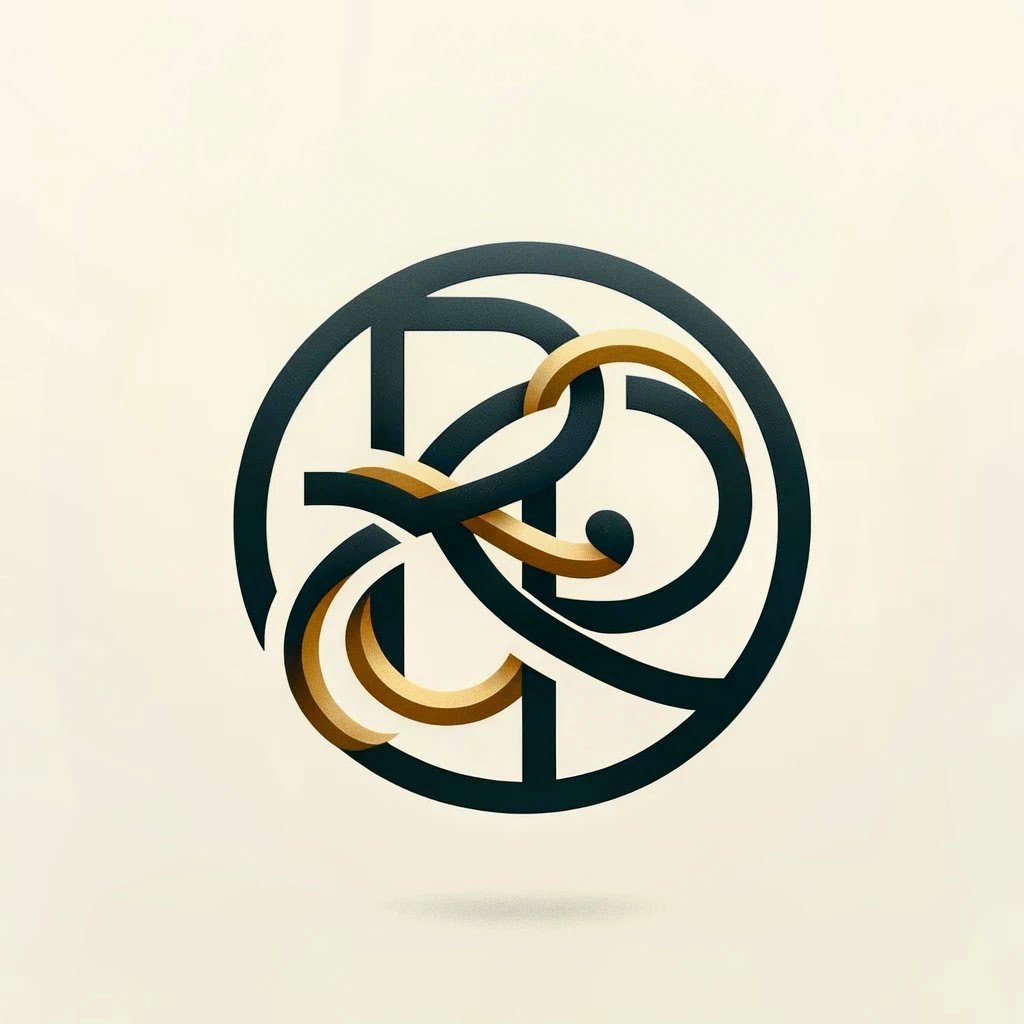Microsoft's pricing strategy for Surface tablet
When Microsoft announced its Surface tablet, it caught the technorati by surprise. And Microsoft appeared to bring its A game to the table. The tablet looked interesting especially with the keyboard cover. Windows 8 itself looked promising on the tablet form factor and there was a good deal of expectation on Microsoft to deliver a compelling product family to compete against Apple's iPad. The only major thing missing during that press conference and the subsequent months was pricing. Microsoft announced the prices for Surface tablets today and it is surprising to say the least. Let us review. The cheapest Surface will cost $499 and will come with 32GB of storage and Wifi. This will effectively compete with the similarly priced offering from Apple. But it is not Apples to apples comparison. Here is why. In most if not all specs that a consumer cares about, Apple's device is significantly better. And if you add in Samsung's Galaxy Note 10.1 and Amazon Kindle Fire HD 8.9, it is evident that Microsoft is pricing the tablet at the top end of its spectrum. So lets break down the comparison metrics.Hardware SpecsDisplay: Surface will come with a 1366x768 display that on a 10.6 inch screen translates to 148 ppi. The Kindle Fire HD 8.9 compares at 254 ppi and the new iPad tops the group at 264 ppi. While display is not a killer feature, having a significantly lower resolution display in comparison to competition will be seen as a negative.Capacity: The Surface 32GB model starts off at $499 while the similarly priced iPad offers only 16GB. A comparable 32GB Kindle Fire HD 8.9 costs $100 lesser than Surface.Processor: This is kind of a wash because each of these units are proprietary offerings where the OS is fine tuned to the hardware specs. Mashable offers a good comparison table of the Surface vs. the new iPad vs. Amazon Kindle Fire HD 8.9. AllthingsD offers a similar table swapping out the Kindle for a Samsung Galaxy Note 10.1. Ecosystem To me, any conversation on portable and mobile products starts and ends with the ecosystem. It matters because the ecosystem is really what the end user cares about. The experience and the selection of popular apps on their device is what ultimately makes a consumer choose one product over another. And this one matters in this conversation. Samsung Galaxy Tab and Note are backed by Google's Android Play store. While tablet specific apps are still Android's Achilles heel, most phone apps scale pretty decently on the tablet and do very well. The App Store has all major apps and is growing at a rapid rate. Most importantly, with the success of Galaxy Nexus 7, developers are starting to pay attention to building good native tablet Android apps as Google wants them to. I will refrain from commenting on the Amazon AppStore due to conflict of interest.The biggest reason for the success of the iPad, beyond the quality of the product itself is the vast quantities of quality tablet apps on the platform, unrivaled by any other. The sheer volume of good tablet apps on the iOS platform is phenomenal. It will be a while before other tablet ecosystems can boast a store that goes head to head with Apple's.Microsoft's Windows Marketplace is still in its infancy. It had middling success with apps for its Windows Phone 7 offerings and is still trying to find its place in the app ecosystem. Developer love has been slow to come, even with financial incentives from Microsoft. Microsoft is hoping that this will change with Windows 8 where developers can develop apps for tablets, PCs and phones in one shot. It is a smart strategy for sure but one that will still take time to root and spread. Until then, the Windows Marketplace is definitely the laggard in the App ecosystem race and will have to catch up soon or risk irrelevance. The app ecosystem also needs adopters. For example, the Netflix app on iTunes has over 180000 reviews. The Android version has over 285000 reviews. The Windows Marketplace offering has about 2850 reviews. It is not really meant to be taken as a literal comparison but a representation of how big the respective ecosystems and their adoption are. IntangiblesMicrosoft is hoping to appeal to all those Windows lovers who want their MS Office spreadsheet and documents on their tablet and more importantly a good way of meaningfully editing and viewing them. Tablets are not the best typing formats but designed more to be consumption devices. Microsoft is hoping to change that paradigm by offering some well designed touch and type cover accessories with the Surface. This could be a game changer if it is priced right. At this time, the type cover ships with the device but the more exciting Touch cover is priced at $130. I could see such a steep price pairing well with the soon to arrive Windows 8 Pro tablets which are tailored to the enterprise customer but I am not sure if the general consumer will want to pony up so much for a fancy keyboard cover. Time will tell. What was I expecting?Steve Ballmer, when asked a few weeks ago about the price of Surface indicated an extremely wide price range of $300 - $800. I thought Microsoft would be extremely aggressive with their pricing and start Surface at $299. And it made a lot of sense. Teardown of the iPad and other tablets has shown that the BOM cost for most 10 inch tablets were less than $300. Factoring in the engineering costs, Microsoft would probably lose $10-$20 by pricing the Surface at $299. But the aggressive price would put all other competitors on notice. Amazon, Samsung, Google/Asus, and most importantly Apple would be price challenged for what Microsoft would be offering at that price. And it would instantly make it difficult for the soon to arrive iPad Mini expected to start at $249 to offer value for money. It would also help Microsoft instantly sell a few million units this Holiday season and make Windows 8 a viable platform for tablet app developers. Given its large hoard of cash, Microsoft can easily afford to love a few hundred millions or even a few billions to be a relevant player in the business. In light of that reasoning, the $499 starting point and more importantly $599 for a unit with the touch cover makes it a tad expensive. Will it sell?That is the billion dollar question. Conventional wisdom says that Microsoft will have a tough time selling a premium product in a market flooded with comparable products at a lower price point and a behemoth which towers over all of them. It would be almost too easy to dismiss Microsoft's tablet effort comparing it with the Kin or the mildly successful Windows Phone 7 hardware. But I dont think that is the entire story this time around. Microsoft seems to know what its doing atleast in building its own tablet hardware that definitely looks unique and appealing. In addition, Windows 8 will give it a much needed app boost and support from developers who have nothing to lose in offering Windows 8 tablet versions of their Windows PC based products. There is also a vast global market that is steeped in Microsoft products and is hoping for a simple device and familiar OS to help them with their Office based documents and spreadsheets.Finally, Microsoft is putting its big bucks behind marketing this product and selling the ecosystem model with Xbox Music, Xbox games, Windows 8 and what not. It makes for a compelling Holiday season with all the competing tablet products. It remains to be seen if Microsoft's Surface gains traction with holiday shoppers when it is stacked next to Samsung Galaxy Tab, Amazon Kindle Fire HD 8.9, Nexus 7 and most importantly Apple iPad.

